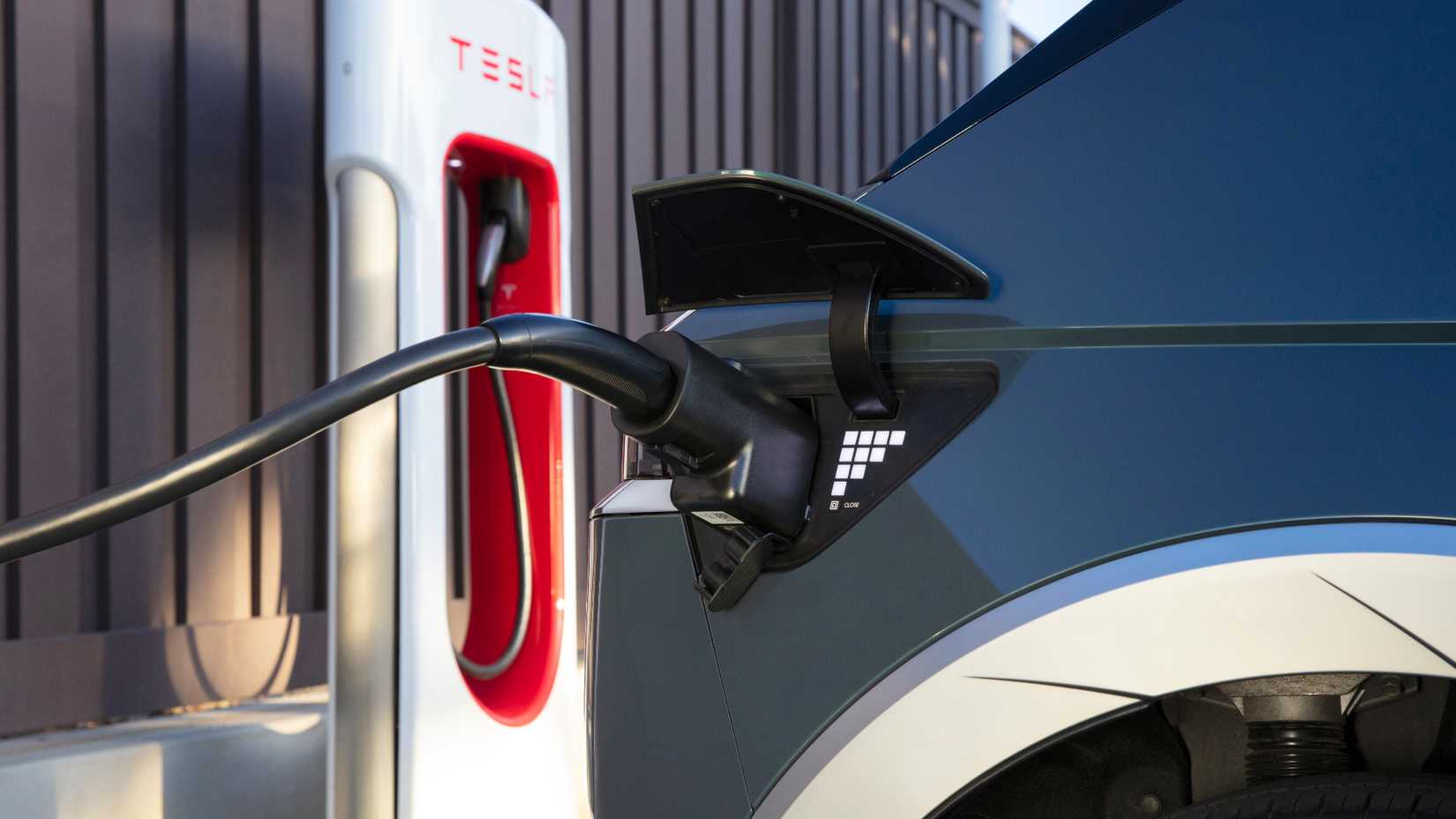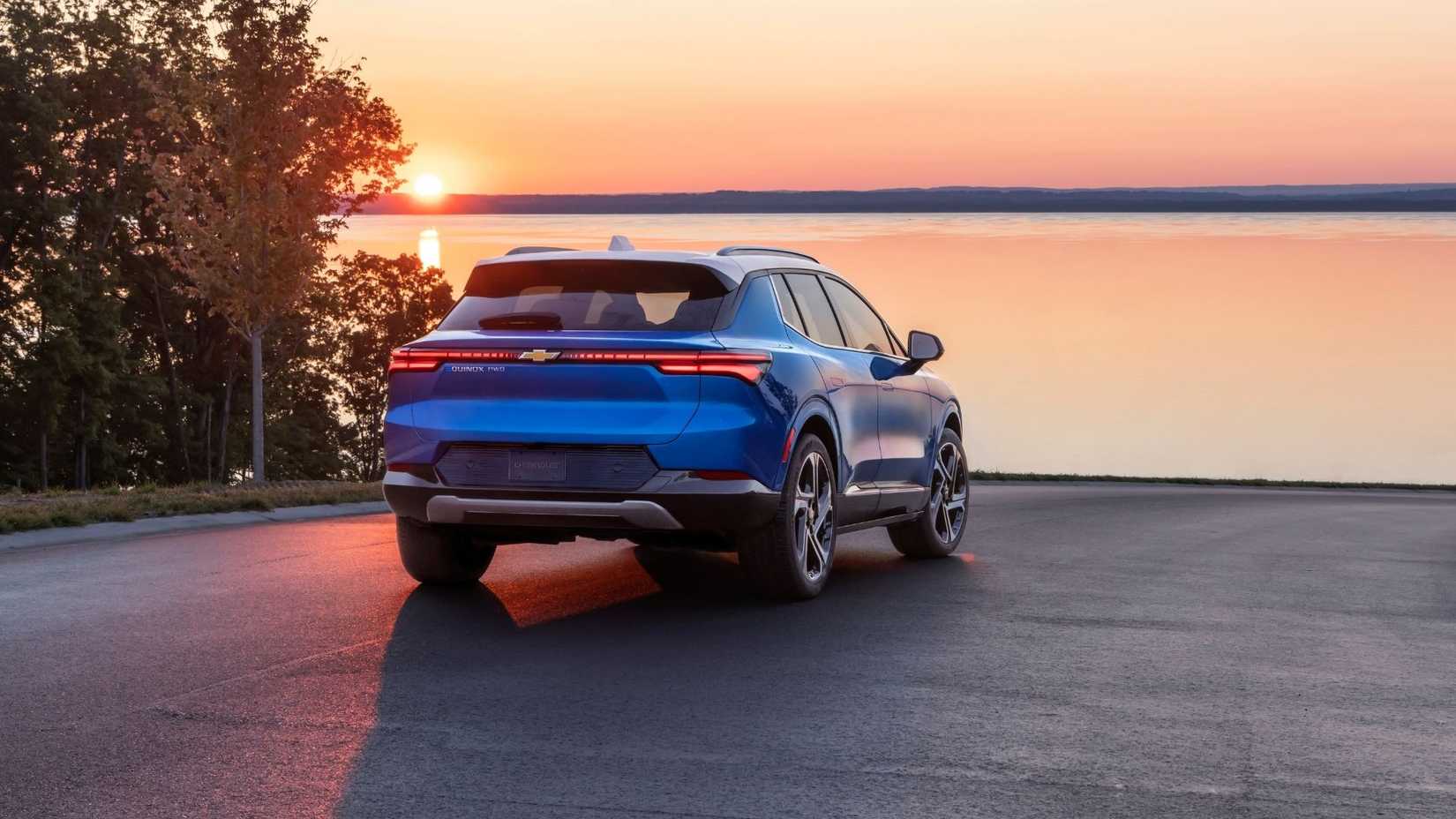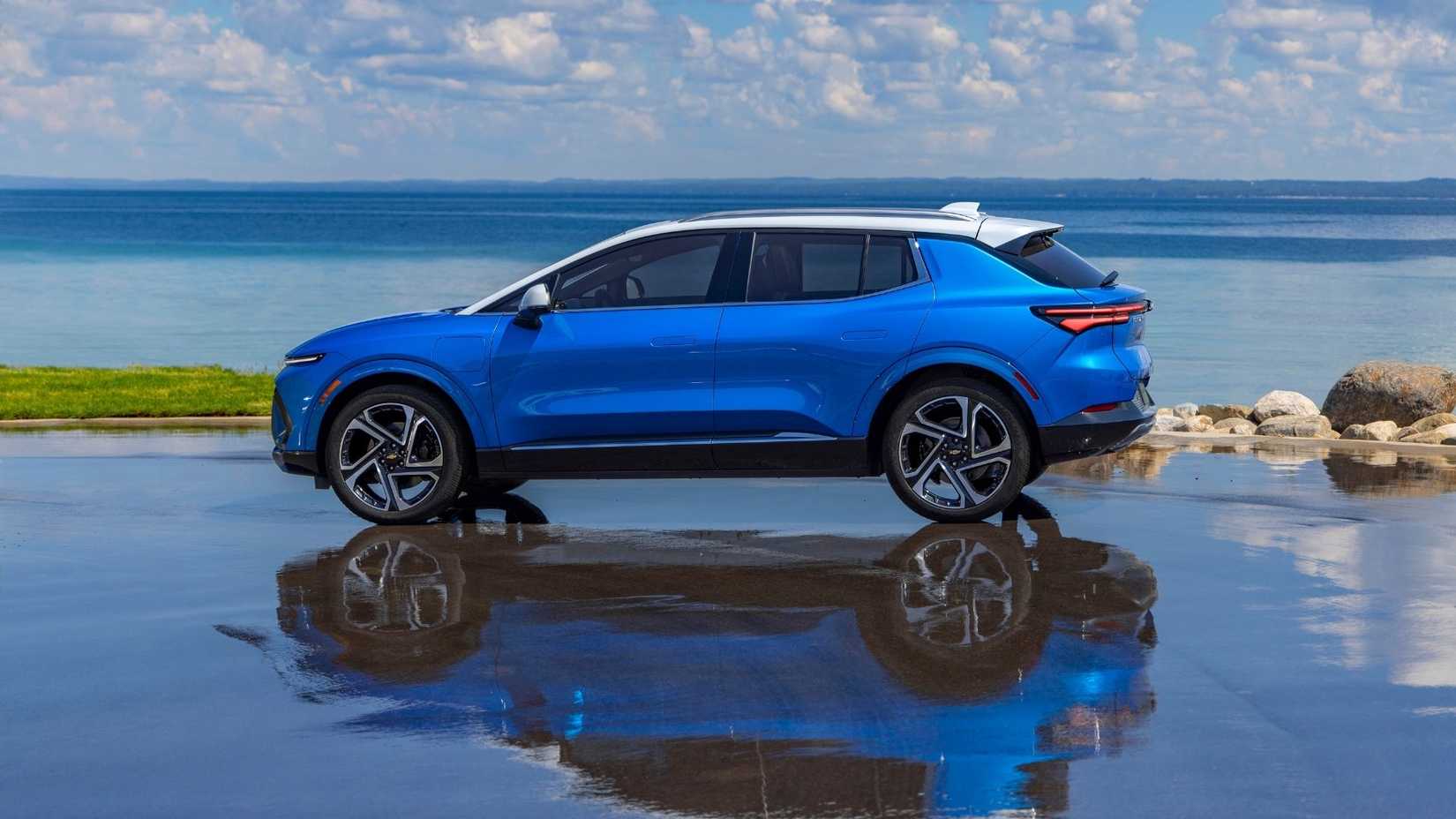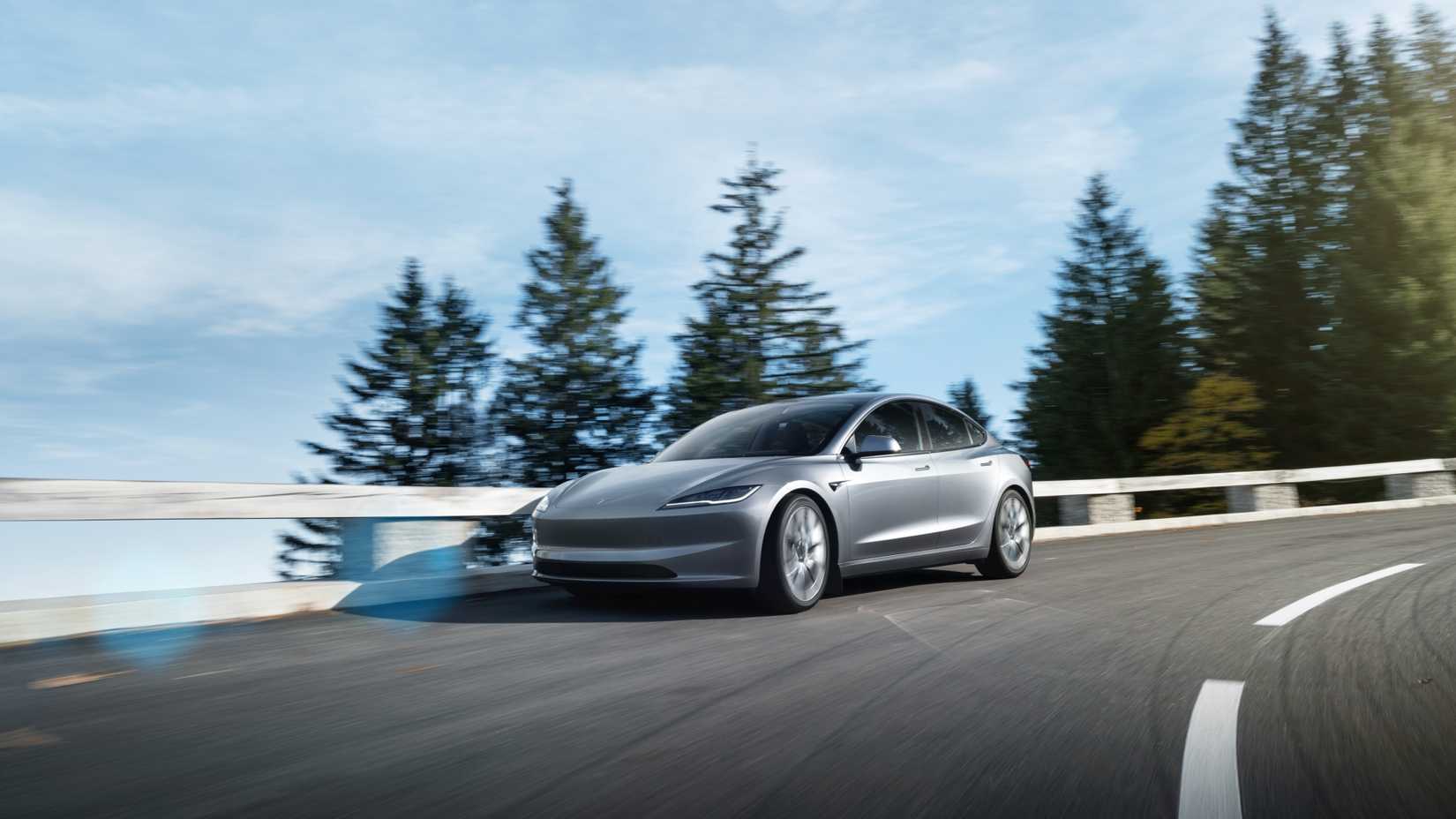You’ve heard the saying, get in while the getting’s good? That’s exactly what’s going on with electric vehicle sales in the US right now. If you haven’t been keeping track, President Trump’s plan to knock the EV credits (passed under Joe Biden as part of the Inflation Reduction Act) will be going into effect after September 30th. This means that, as of the time of this writing, you’ve got about a month and a half to claim your new Chevy Equinox EV before the credits disappear.
Just like in a good suspense film, the ticking clock element has created a sense of urgency, with a Cox Automotive representative saying that we should expect to see remarkably high sales numbers at the end of the third fiscal quarter of the year. The plan was initially to keep offering these EV credits all the way into 2032, but, with that offer being rescinded, time is quite literally running out to make the most of the credits. Here’s what you need to know…
What’s Going On With The EV Credits Right Now?
The official statement from the US Department of Energy on the matter puts it like this:
Tax credits up to $7,500 are available for eligible new electric vehicles and up to $4,000 for eligible used electric vehicles. You can work with your dealership to process the vehicle tax credit. Tax credits are available for home chargers and associated energy storage, each up to $1,000.
The Effect Will Be Felt For Years Into The Future
President Trump’s “Big Beautiful Bill” aims to end these credits entirely. The timeline for EV buyers looks like this at the moment…
- September 30, 2025 – End of rebate program for used electric vehicles for low-income buyers.
- September 30, 2025 – End of tax credits for qualifying new EVs.
- September 30, 2025 – End of credit for qualified commercial and fleet EVs.
- June 30, 2026 – End of tax credits for installation of EV chargers at home or business.
- January 1, 2029 – Taxation on auto loan interest resumes.
If you own an EV, and you’ve been putting off installing a home charger for some reason, you have until next summer to get that sorted. Tax-free auto loans were actually a Trump idea, going into effect January this year, and will expire in early 2029, at the end of President Trump’s term.
We Bought Over 160,000 EVs In July Alone
According to Cox Automotive, after a slow start to the year, Americans bought 36,700 used EVs in July, a record monthly high, and 130,100 new EVs, slightly behind a monthly record of 136,000 last December, shortly before President Trump took office. July’s EV sales figures represent a 26.4% improvement in EV sales since June, and a 20% year-over-year sales bump.
EV’s July sales accounted for 9.1% of all passenger vehicle sales for the month, the largest monthly market share ever recorded. According to Cox Automotive, EVs made up around 8.7% of all new vehicles sold in the US in 2024, so this is a noticeable uptick from business-as-usual. Dealers have been helping the sales spike along as well, offering up to $9,800 in additional financial incentives, knocking average transaction prices down by a whopping 17.5%.
At the end of 2024, EVs only accounted for around 1.4% of all cars on the road, according to Experian, accounting for four million vehicles total. The average age of a car in operation right now is around 12.6 years, so it’ll take a while before you really see that sales boost reflected in the Walmart parking lot.
A Rising Tide Lifts All Ships (But Some More Than Others)
Some models have benefited from this sales spike more than others, with the Chevy Equinox EV, Hyundai Ioniq 5, and Honda Prologue all setting new sales records. The Equinox EV alone sold 8,500 models.
But, the more things change, the more they stay the same, as Tesla remains at the front of the pack despite a 12% year-over-year sales drop. The Tesla Model Y remains America’s favorite EV, selling an estimated 146,000 units by the mid-point of 2025. The Cybertruck may have turned out to be a massive disappointment for the brand, but Tesla SUVs and sedans remain popular.
What Does The Future Of The EV Industry Look Like?
There are two things worth noting. First, not all EV incentives are offered at a federal level. There are state-level incentives to consider as well. But… number two, it’s unclear what the future holds for these incentives at the moment.
California, for instance, has its own EV subsidies. Last year, California Governor Newsom pledged to renew the state’s own $7,500 zero-emission rebate should Trump wipe the federal tax credit out. But, Californians are still waiting to hear if Newsom will hold true to that pledge. According to Yahoo! Finance, sources “familiar with the discussions” have reported that, even if California continues to offer its own subsidy program, there’s no guarantee it will still be a dollar-for-dollar match for the $7,500 federal credit still available, and Newsom has yet to present a plan on the matter.
Cox Automotive Expects Used EV Sales To Hold (Somewhat) Steady
It doesn’t take a Harvard-educated fiscal analyst to tell you that monthly sales numbers for EVs are about to drop off a cliff like Wile E Coyote when he looks down past his feet. Cox uses the word “collapse” when describing what’s going to happen to EV sales in the fourth quarter, and that sounds about right. This sales spike is absolutely a short-term boom for the industry, and, as soon as the EV credits go away, so too will the record-breaking sales figures.
But, used EVs could be the bright spot in the market’s near-term future. According to the analysts, only about one in three used EV buyers qualify for the $4,000 incentive in the first place, so the impact won’t be felt quite as deeply in the used EV segment.
This Isn’t The First Time We’ve Lost Our EV Credits
We’ve actually been here before. For as long as these EV credits have existed, the federal government has been renegotiating the terms and conditions every other year or so. In the summer of 2022, the $7,500 credits were renewed with a long list of stipulations that saw the list of qualifying EVs reduced to just 12 models. Not long after, Tesla was slashing the prices on Model 3s and Ys to make up the difference and keep the cars rolling off the lot.
Chances are, we’re going to see the same thing this time around. As the tax credit is taken off the table, we’ll see MSRPs and average transaction prices dropping. Those discounts may or may not be in lockstep with the $7,500 credits, but a dealer has no use for an overpriced EV that nobody wants to buy. The industry will likely do whatever it can to keep the product moving, and, while it’s hard to read the end of the EV credits as anything but a net loss for the American buyer and the EV industry, it’s unlikely that electric car sellers will simply sit around twiddling their thumbs and call it a day.
Sources: Energy.gov, Yahoo! Finance, CNBC, Experian.






